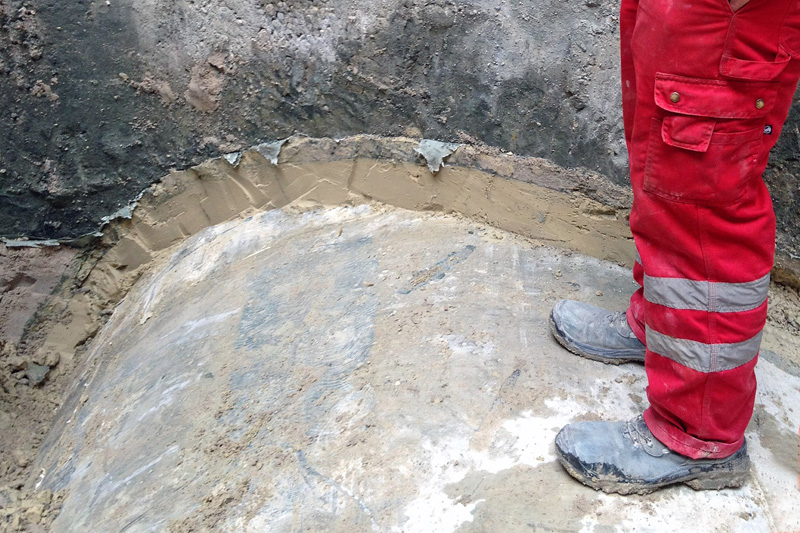New cement-free TBM backfill grout
18 April 2019Germany/Austria – MC Bauchemie and Porr have developed a new TBM backfill grout based on a geopolymer that is suitable for use in swelling rock formations. The companies stated that the cement-free filler is sulphate resistant and adequately prevents swelling pressures while providing the usual bedding for securing the tunnel ring.
Backfilling materials used fall into one of two categories: single component (1C) and two-component (2C) grouts. The 1C grouts contain cement, additives, aggregates and water. Concrete admixtures are used to create specific application properties.
A spokesperson for MC said, “2C backfill grouts consist of cement, bentonite and water. Here stabilisers are used to provide the necessary application properties while ensuring a working time of 48 to 72 hours. 2C grouts are suspensions made up with large amounts of surplus water, allowing them to be pumped over distances of several kilometres. They are thus comparatively easy to use.
“Both methods – 1C and 2C – have their advantages, but cannot be used for boring swellable rock, e.g. formations that contain anhydrite. This is because both are cement-based and release excess water to the surrounding substrate. If anhydrite comes into contact with water, gypsum is produced as the reaction product. This reaction is accompanied by a volume increase of around 60 per cent. The associated swelling pressures are so enormous that heave at the surface can occur and underground structures can be permanently damaged or even destroyed. When working in strata containing anhydrite, therefore, it is essential to prevent the release of surplus water from the grout to the surrounding rock. This is not possible with materials bound with cement.
“Geopolymers are inorganic binders that do not contain cement and whose structure can be traced back to aluminosilicates. The binder of the new backfill grout consists of granulated blast furnace slag and fly ash. Aggregates are used to stabilise the mix. An activator is added to the supply device via which the backfill grout is introduced into the annular space. This triggers the binder reaction.
“The grout also contains a variety of phosphates that suppress anhydrite swelling. The concrete-like properties of this TBM backfill grout enable production in a ready-mix concrete plant located at the construction site. The long processing time of the material gives tunnel builders more flexibility, as without addition of the activator the grout can be stored for long periods without deterioration.”
According to MC, this material is currently being used in the anhydrite-bearing, unleached gypsum keuper of the Stuttgart 21 project.

